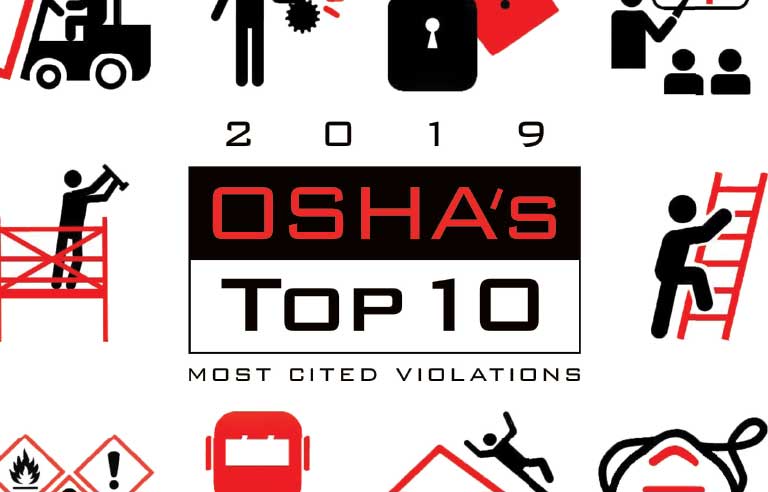Filing an Appeal – Employer has 15 days!
If you wish to contest any portion of your citation(s), you must submit a Notice of Intent to Contest in writing to the OSHA area office within 15 working days after receipt of the Citation and Notification of Penalty. You must “appeal” each item you wish to appeal (discuss – contest), failure to list an issue, Cal/OSHA will consider the matter closed and you will NOT be able to discuss the issues. (The OSHAB will support this.)
Read More
Filing an Appeal
Employers may appeal a citation and notification of penalty, notification of failure to abate, special order, or order to take special action. The Employer has 15 working days from receipt of one of these documents to file an appeal.
If an appeal is filed after the deadline of 15 working days, the appeals board may accept the appeal only upon a showing of good cause for the late filing. Good cause for a late appeal generally means circumstances beyond one’s control, which could not have been reasonably anticipated.
An employer may appeal the existence or the classification of the violation alleged in a citation, the reasonableness of the abatement date, the reasonableness of the changes required by the Division of Occupational Safety and Health, and the amount of any proposed civil penalty. An employee or employee representatives may appeal the reasonableness of an abatement date.
Affected employees may request third party status to participate in an appeal filed by an employer.
An appeal maybe initiated by a communication to the appeals board ‘s Sacramento office by telephone, fax, or mail. An appeal is perfected when signed, completed appeal form (see forms below) is received along with the statutory grounds upon which the appeal is based, the reasons for the appeal, and the issues to be raised.
When the appeals board receives a signed, completed appeal form, it is reviewed for timeliness and assigned a docket number. Thereafter, the docket number must appear on all communications with the appeals board.
OSHAB Contact information:
Toll-free number: (877) 252-1987
Telephone number: (916) 274-5751
Fax number: (916) 274-5785
Address: 2520 Venture Oaks Way, Suite 300, Sacramento, CA 95833
OSHAB APPEAL FORM Note: You have a total of 15 working days from receipt of a citation to file an appeal. Failure to file a completed form may result in dismissal of the appeal. Late appeals will not be accepted unless good cause is shown: Source: OSHAB APPEAL FORM
The Appeal Form
https://www.dir.ca.gov/oshab/appealform.pdf
The Appeals form was revised in May 2008. It is available for downloading in Adobe Acrobat 5.0 format and can be filled out and printed from your computer.
From the website, the form has a link for instructions on how to use the new appeal form: appeal form instructions
Editorial comments: Keeping in mind Cal/OSHA enforcement is an agency that is mandated to conduct workplace inspections and issue citations for all violative conditions observed.
Cal/OSHA priorities are to investigate workplace accidents (injury& illnesses), employee complaints, Program (High Hazard) inspections, Special Enforcements “Sweeps”.
Cal/OSHA inspections results in one or more citations being issued the majority of the time. Cal/OSHA has 6 months for the date the inspection is opened, to the citation to be issued. Citations usually are issued between 45-90 days.
Cal/OSHA enforcement is NOT a consultation service, nor can the CSHO’s give recommendations to correct workplace hazards.
Note: Cal/OSHA has a Consultants group, separate from the Cal/OSHA Enforcement department.
Most Safety Professional advise Employers to file an appeal within the 15 days regardless of the conditions of the citation to secure your rights (of appeal – discussion). You may “settle” at any time after you have filed the appeal.
If you have an “open” on-going OSHA Inspection, you should have professional assistance assisting you with the process. Managing the “inspection” (while it is in progress) will likely be beneficial.
Important issues employers must consider:
Submitting Safety Programs
Submitting Incident (accident) reports (RCA)
Statements to OSHA
Citations on the employer’s record: Repeat and Willful cations within 5 years should another “like” citation be issued.
We can help you through the process and assist with any required abatements and the Appeals process
Source: Cal/OSHA Website

